Рено за Азербайджан
Кевин Магнусен:
What’s the focus for Baku?
A strong result would be nice. The Canadian Grand Prix wasn’t a good one for us so let’s get back to a solid performance. We’ve been making progress, even if it might not look like it from the outside, and I’m looking forward to learning a new track.
What are your thoughts on the Baku track?
That’s a big long straight! It’s going to be interesting. It’s a long track for a street course and there’s quite a few interesting aspects about it. There’s a really tight section which is going to be an eye opener the first time round and we don’t yet know about things like the track surface, kerbs or bumps. There are a lot of walls there too. I’ll be looking to stay away from those.
How would you assess your Canadian Grand Prix?
It was a difficult one. Obviously, my weekend was undone when I hit the wall in FP3 and I had to thank all my crew for working so hard to get the spare chassis ready for the race. The race itself was pretty unfulfilling. We started on the soft tyres and initially we were looking pretty reasonable. When we changed to the ultrasofts we weren’t able to find the pace we wanted so it was a hard second stint.
What’s the approach to Baku?
There’s only so much preparation work you can do before you actually see the track, and there’s only so much you can do at the track before you get out there in the car and drive it. I’ll be working hard with my engineers to get the best set-up we can then let’s see what we can do.
Джулиън Палмър: How have you prepared for Baku?
It’s a brand new track so we don’t have it on the simulator, so I’ve done a few laps on the F1 game! So I’ve had a little look in advance! My engineers have done their homework but the first real impression will be made when we’re doing the track walk then getting laps on the Friday to learn the circuit. It’ll be the same for everyone.
What are your first impressions of the circuit?
I think it looks a cool track, there’s some high speed sections - especially for a street circuit - and overtaking is a possibility. The crazy middle sector looks difficult with its undulation and the sector looks very tight. Any mistakes on a street circuit tend to mean you’re into the wall, so you have to be alert.
It’s looking hot in Azerbaijan; will you notice that in the car?
Heat could play a factor for sure, and you do notice it in the car. We’ve not really had a very hot race as Bahrain was under the lights, and therefore cooler. On a street circuit it’s hotter anyway because you’re more sheltered so it’ll be tough racing for the car and the drivers. Anyway, after the weather in Canada I’m looking forward to some heat!
What are the positives to take to Baku from Montreal?
We made a step forward with the car, but some better luck and finishes would be good now. I’m happy with the progress being made for the rest of the season. Okay, I can’t be happy at not finishing in Montreal, but the new engine is a step forward and it’s worth a lot of time. The team are pushing hard, we’re finding stuff on the car and the engine is working well. There’s a little pain now, but I’m sure we’ll be looking better for going through it.
Ник Честър: What can we do to prepare for a new circuit?
We use a map of the circuit and overlay a racing line and from there we perform all our simulations for downforce and drag levels. From this we can calculate some elements for set-up.
We also usually receive track surface information from Pirelli who do a ranking of what the surface is like in terms of macro and micro roughness, which also helps our understanding of how the tyres will work.
What are the particular challenges of Baku?
It looks a very power-sensitive track with a lot of sharp corners and then decent straights, particularly the long one leading back to the start/finish line. Traction will also be very important out of the slower speed corners. We will discover the track in real time for the first time during our trackwalk on Thursday and see if there are any bumps and kerbs to look out for.
Where are we with our hunger for chassis?
Indeed, we have been a bit hungry… Kevin’s chassis was damaged on Saturday morning in Canada and came back to the UK on Monday for repair. We are reviewing the damage but I am sure we will see it again for race action later in the season.
How do you assess how extensive the damage is?
A visual assessment is a first stop, but beyond that we use a process called ultrasonic testing (NDT), which shows precisely which parts might have de-bonded, to enable us to determine how extensive the damage is and if it can be repaired or consigned to recycling.
Why did we struggle in Canada?
We struggled making the tyres work in the very cool track temperatures; we struggled a bit in low speed corners and Kevin didn’t get a great run in the race, unfortunately. Jolyon was also unfortunate as he suffered from a water leak. We’ve identified what caused this and are doing everything possible to ensure we don’t see a repeat of this. It was a real shame for Jolyon as he was happy with his car and should have gone well.
What are the positives heading to Baku?
The weather forecast is good for Baku with hot temperatures so we shouldn’t face as much of a challenge getting the tyres into the temperature operating range. That said, it’s a new surface where there will be a lot of evolution over the weekend so we’ll have our work cut out nevertheless. There are a lot of walls we will want to stay clear of, that’s for sure! A new venue offers new opportunities. We have a strong baseline set-up and both cars have the B specification power unit so we’re certainly looking forward to getting stuck in.


















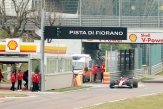
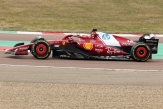
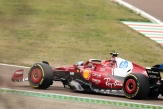
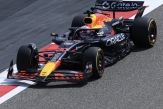
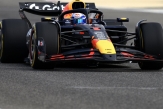
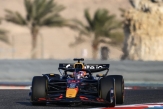

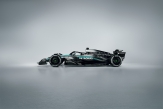
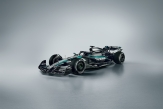


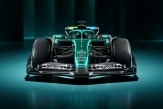
.jpg)
.jpg)
.jpg)

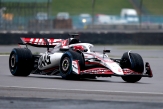

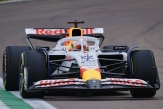
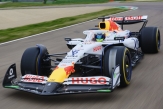
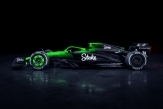


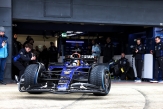
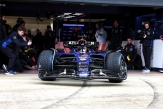
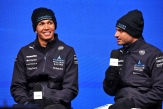

02/12/2025 от Огнян Тенчев (drJeckyll), няма коментари